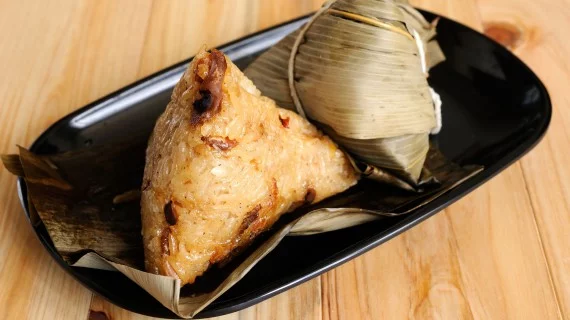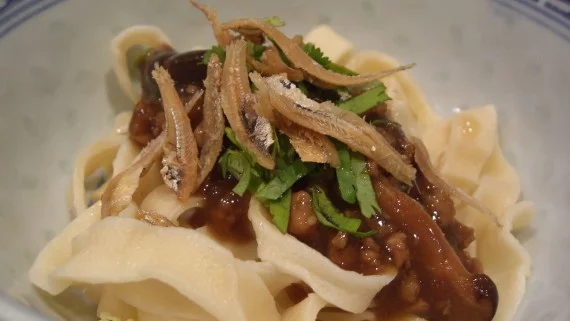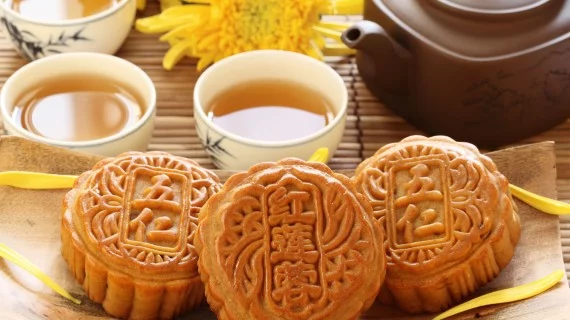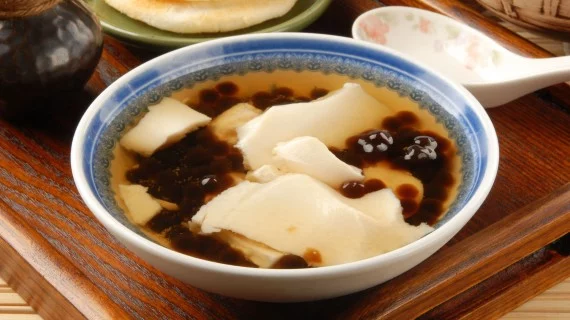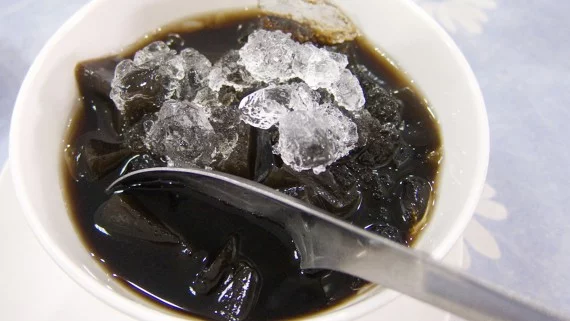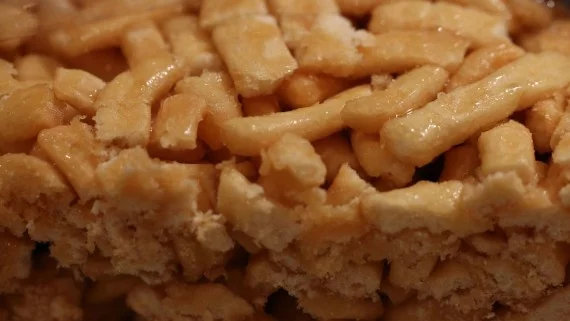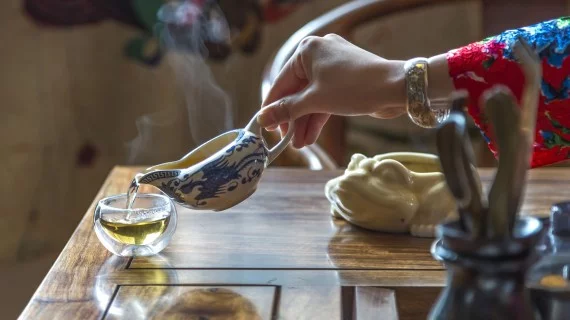Food is a symbol of honoring the major events that happen in the lives of the Chinese. From the gastronomy of China comes the custom of seasoning dishes with a wide variety of sauces, vinegars, spices and jams. The mantra on which the preparation of typical Chinese dishes is based includes four basic concepts: color, flavor, aroma and presentation. In what follows we show you the main dishes and desserts of Chinese cuisine.
Below you have an index with all the points that we are going to deal with in this article.
Article Index
- 1.
- 2.
- 3.
- 4.
- 5.
- 6.
- 7.
- 8.
- 9.
- 10.
- 11.
- 12.
- 13.
- 14.
- 15.
- 16.
- 17.
- 18.
- 19.
- 20.
- 21.
dim sum
Dim sum is a very popular dish in China that is usually eaten as a mid-morning or early afternoon snack with tea.
These small buns can be filled with fruit, vegetables, meat or seafood, and are usually served in small containers, similar to the canapés that are eaten in Spain as an accompaniment.
The term dim sum comes from Cantonese and its translation comes to mean touch the heart.
Shark fin soup
This soup is considered a delicacy in China and is usually served on special occasions, such as weddings, New Year celebrations, etc., mainly because it is considered a symbol of prestige and health.
This dish is made from shark fins (dorsal and pectoral), from which the skin has been removed and left to dry. Before preparing the soup, they must be soaked. It is usually accompanied with oyster sauce.
Abalon on bed of lettuce
It is a typical dish from the coastal province of Fujian, where a wide variety of cooked dishes based on fish and shellfish are consumed. Among the main ingredients, we highlight: abalone, lettuce, mushrooms, ginger and onions.
All this repertoire is accompanied with a sauce made with oysters, soy, corn starch, sugar and a little broth.
As for the preparation, first the lettuce is boiled and placed as a base on the plate or dish where we are going to present our dish and, later, the abalone is sautéed in a wok with oil along with the mushrooms, onions and the rest. of ingredients. Finally, the sauce is added and served in the dish in which we had added the lettuce.
siew yhok
The literal translation of this term is roast meat, although it is usually found translated as crispy roast pork o cantonese roast pork, since they are small slices of marinated roast pork.
Served garnished with sauce hoisin, which is a very common dipping sauce in Chinese cuisine and can be found in Chinese supermarkets.
Congee rice
Also know as jook, is a dish that has been cooked in China for more than two thousand years and is considered to be easy to digest.
It consists of a kind of porridge or soup in which rice is mixed with other cereals, as well as meat, vegetables and some flavorings to enhance the flavor.
It is usually taken in religious ceremonies, but also in special events or as a therapeutic treatment for cholesterol reduction, in which case asparagus is added.
There are also other recipes considered therapeutic, such as the one that adds ginger to reduce nausea and cure indigestion.
It is a very popular dish in Asia that receives other names depending on the region; thus, for example, in Vietnam it is known as bye bo and in India under the name of kanji.
youtiao
It can also be found under the name you uncle. It is an elongated fried bread, similar to the usual churros in Spain, typical of Chinese cuisine and also of Southeast Asia and Asia in general.
Its flavor is slightly salty and is usually eaten for breakfast, but also as an accompaniment to soy milk or rice. freeze.
Chow Mein
This dish is internationally known as asian noodles (long noodles made from wheat) and is usually accompanied by chicken or beef and vegetables, although seafood or fish can also be included. It is seasoned with soy sauce.
zongzi
This dish is also known simply as Zong and internationally as stuffed with rice, since they are bamboo leaves stuffed with sticky rice that are usually steamed or boiled.
They can be given the shape of either a cylinder or a tetrahedron. It is a meal typically served during the Dragon Boat Festival, which takes place in early to mid-June.
shahe fen
Colloquially known as I have fen, these are noodles made from rice, which have been westernized under the name of rice noodles.
They are white in color, they can be very thin or thicker and are slightly elastic to the touch, almost as if they were rubber. They are often used to make soups.
ban mine
The term ban mine literally means board noodles and it is due to the flat shape that the noodles adopt, since they are made by hand.
This dish can be served brothy, which turns it into a soup, or as a pasta. It is cooked in the style of the Hakka ethnic group and is usually eaten especially in Canton (China), but also in Singapore.
Dragon beard
Dragon beard is a type of candy that, at first glance, seems to be made of very fine silk threads. It is made by hand by carefully stretching and twisting the caramel and can be found filled with nuts or as an accompaniment to cakes or other sweets.
It is also taken in other countries such as Iran, where it is flavored with sesame and is known by the name of pashmak.
Pineapple buns
This dessert is typical of Hong Kong, some regions of southern China and Taiwan. The top of this bun is shaped like a pineapple and is made with a dough made from butter, sugar, eggs and flour, similar to that of sugar cookies.
The lower part, on the other hand, is made with the dough used to make the Chinese buns that are usually served in Western Chinese restaurants. Therefore, the top part tastes much sweeter than the rest of the bun.
Although it is called pineapple bun, this name does not derive from the fact that the bun is made with pineapple, but rather due to the shape of the top layer and the golden color (similar to that of pineapple) that it takes on when baked. It is usually filled with butter, although there are also pastry shops that fill it with pastry cream.
Moon cake
These are cupcakes or cookies that many consider to be the sweet version of dim sum. It is a traditional Chinese sweet eaten during the Mid-Autumn Festival as Moon worship.
They are usually round, although they can also be found in a rectangular shape. The filling is made from lotus seed paste, which is made from dried lotus seeds, caramelized sugar and vegetable oil, and the crust is made from salted duck egg yolks. They are taken accompanied by Chinese tea.
Fortune cookies
Also known as lucky cookies. Although they are popularly considered to originate from China, it has really been Western culture that has introduced them to the country and their impact has been such that they are currently considered a typical sweet.
They are typical of big cities like Hong Kong or Beijing. These are small crunchy cookies that have a piece of paper inside containing a prophecy or words of wisdom.
douhua
the douhua or tofu pudding It is a traditional Chinese dessert that is made from extra soft tofu preparation and varies depending on the region where it is made.
In Taiwan, it is served covered in sweet ingredients, such as Chinese beans, peanuts, tapioca or oats, among others, and in syrup garnished with almonds or ginger. In northern China, on the other hand, it is usually served with soy sauce, so it tastes rather salty.
In Malaysia and Singapore it is called tow wow o tau wow and is served in clear syrup with seeds of ginkgo floating, although it can also be flavored with sweet ginger water, in which case it is served hot.
guilinggao
As the literal translation of its own name indicates (turtle essence jelly) is a dessert made from ground turtle shell, specifically the species of striped box turtle, mixed with sarsaparilla.
Its texture is similar to that of gelatin and it is black in color. Since this species of turtle is currently in serious Danger of extinction, guilinggao has been marketed with substitutes for this ingredient.
Fried ice-cream
It consists of a scoop of ice cream frozen at a lower temperature than normal that is coated in raw egg and covered with crushed cookies or corn flakes. Once this is done, it is fried for a few minutes.
It is achieved that the ice cream does not melt while it is fried thanks to the low temperature at which it is frozen. Regarding its presentation, various ingredients can be added according to taste: cinnamon, icing sugar, honey, vanilla, syrup, etc.
Grass jelly
It can be made with different aromatic herbs, although boiled mint leaves are generally used. Potassium carbonate is added to it and then frozen until it reaches the consistency of jelly, which is similar to gelatin. It can be taken alone or it can also be added to drinks. It is always taken cold.
Nian gao
The name of this dessert, which can also be found written all together (niangao), literally translates as gooey cupcake, although there are other names such as rice cake, for its preparation based on glutinous rice, or chinese new year cake, since it is taken mainly in the Chinese New Year celebrations.
It can be served in a mold, in which case it will take the shape of the mold, or it can also be molded in the shape of an animal or any other object.
sachima
This sweet is originally from Manchu cuisine (belonging to the Manchu ethnic group). The traditional recipe is made with the following ingredients: stone sugar, flour and butter. The Cantonese version adds shredded dried coconut, and Fujian also uses sesame, granulated sugar, vegetable oil, sugar malt, milk and egg.
teas and spirits
If the dishes mentioned above are representative of Chinese cuisine and culture, teas and liquors are another common element in the country's daily life that, far from being merely drinks, are a lifestyle for Chinese citizens.
the scent of green tea It is characteristic of Chinese culture and is taken at celebrations, special events, or even to apologize, since it represents values such as well-being, harmony, serenity, and beauty, among others.
Currently, China is the world's leading producer of green tea. There is a wide range of varieties of green tea, among which stands out the Lung Ching, considered the most popular internationally. her name means dragon pitIt has a sweet taste and its appearance is golden in color.
In addition to tea, the famous herbal liquor, which is made from water from the Chishui River, located on the border with Sichuan, is also very popular. It can be made either with flowers or with different aromatic herbs.
Also Chinese wine, known as white wine or Baijiu (pronounced /pae-lloo/) is a traditional alcoholic beverage in China. Although it is called wine, it is actually a liquor made from rice, which is between 40 and 60% alcohol. It has an intense sour flavor that is largely reminiscent of Spanish pomace or Italian grappa. Baijiu's best-known brand is Moutai.
This article has been shared 1089 times. We have spent many hours collecting this information. If you liked it, share it, please:








